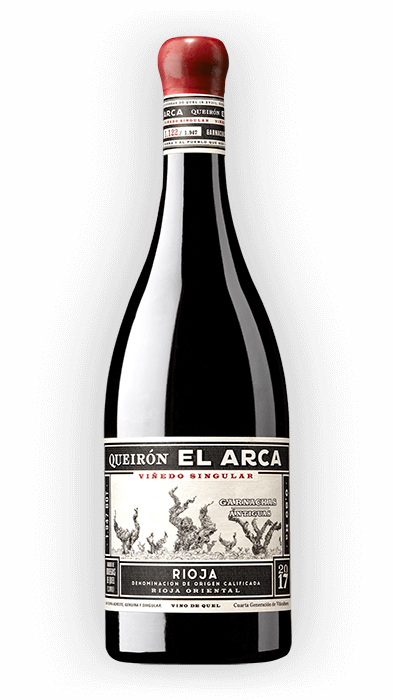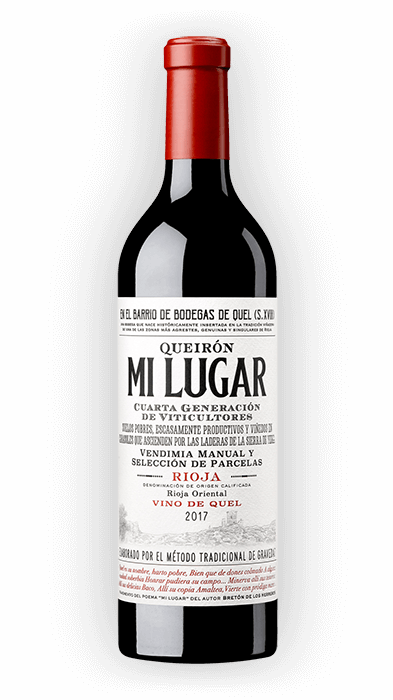Gar
na
cha
mediterranean
rioja
History
Valier, in 1882, stated that garnacha was the most modern wine planted in Aragón. He asserted that at the beginning of the century it was used as a dessert grape and in mid century, thanks to its resistance to mildew, its cultivation spread to the Aragón region, occupying 85% of the Cariñena vineyard district at the end of the century. Valier explains that before the phylloxera plague garnacha spread through the south of France under the name of grenache, bois jaune and bouge de Alicante. He describes it thus: ‘A beautiful and very sturdy vine, with abundant leaves of a light green colour on both sides, Its clusters are well spaced and suspended in the node of the third internode, so that few of them touch the ground’.
Manso de Zúñiga states in 1905 that ‘the garnacha was imported into La Rioja from Aragón after the Rioja vineyards were infested by powdery mildew in 1854’
Marcilla, in 1942, describes garnacha in these words: ‘Upright bearing, adult leaves hairless, medium or small in size and light green in colour. Abundant flowering but the setting of its fruit is never complete, especially on Ruprestis de lot rootstocks. The grape ripens late and achieves a lower level of alcohol and higher acidity than the Madrid red wine. The colour of its wines is not very intense and they have a marked tendencu to turn to that “onion skin colour” of rancid wine in their ageing’.
Larrea in 1978 lists the agronomic characterístics of garnacha: ‘It grows well in stony ground and also in clay soils, but especially it needs well ventilated exposures, on a slope, with a relatively hot climate. It suffers from attacks from downy mildew and insects but is resistant to powdery mildew. It has a good yield although it is quite prone to coulure of the flower (setting failure)’.
Un recorrido por la historia de la Ampelografía.
_about
garnacha
Ampelographic characteristics
Aptitudes for cultivation
Sensitivity to diseases and adversities
Oenological potential
Training and pruning
Shooting period
Ripening period
Production
Un recorrido por la historia de la Ampelografía.
Queirón
vineyards
with garnacha
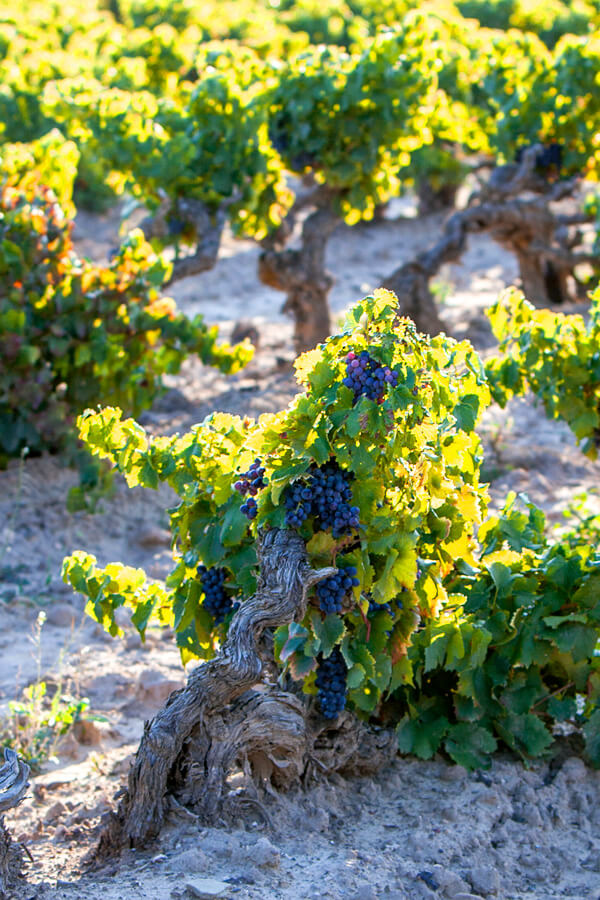
///viñedo singular ///garnacha
El Arca
A three-century-old terroir
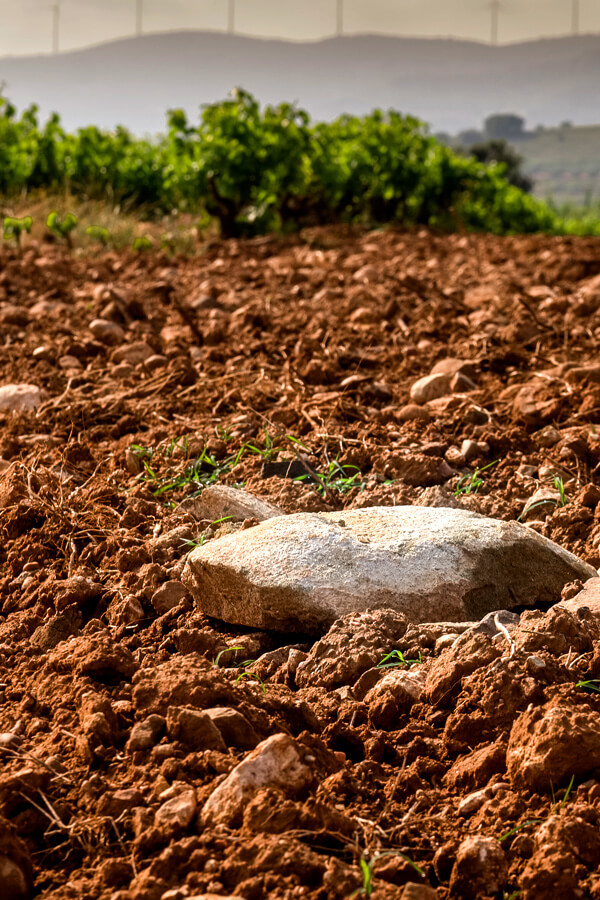
///viñedo de Quel ///garnacha
El Poeta
Garnacha vines in avery poor soil
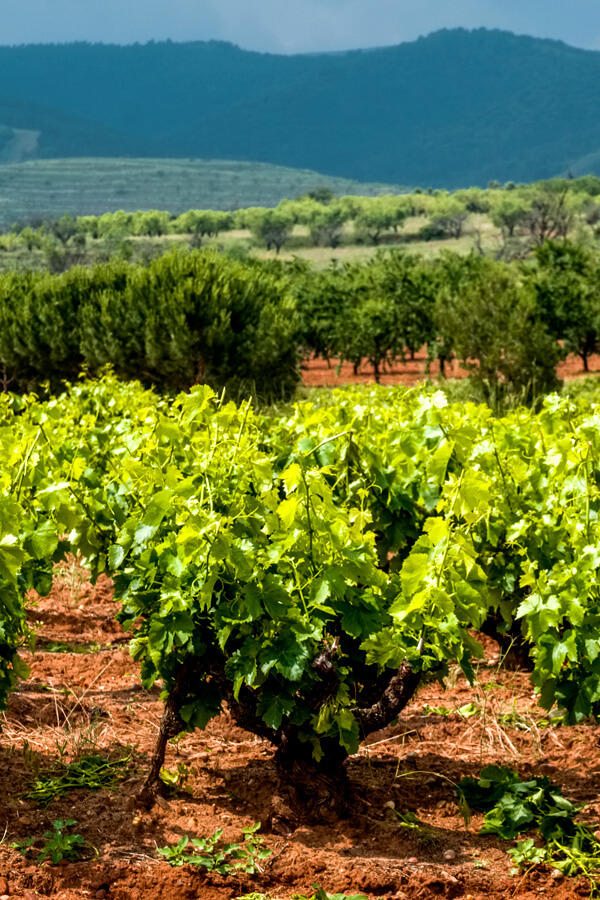
///viñedo de Quel ///garnacha
La Bartola
Heavenly and brave
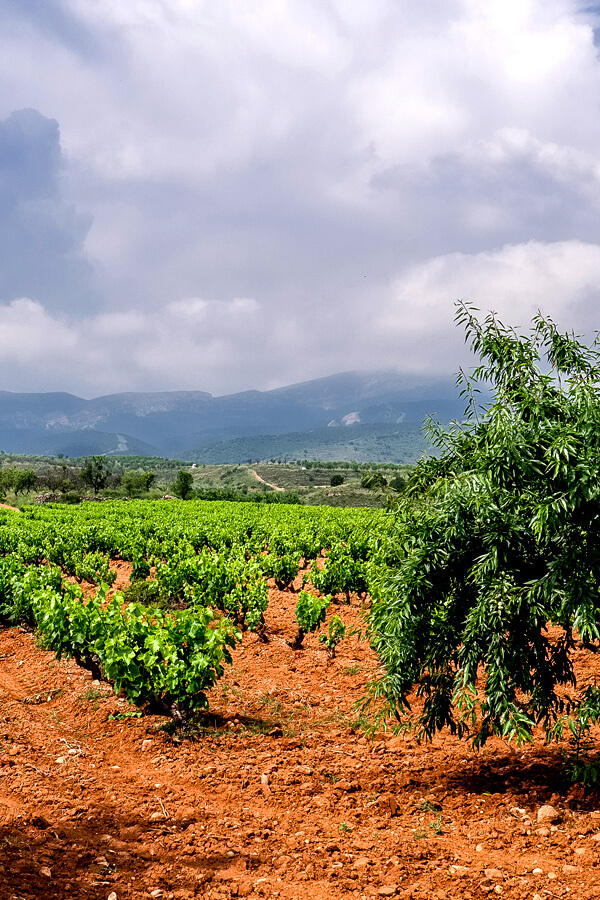
///viñedo de Quel ///garnacha
La Perdida
Low, old, silent

